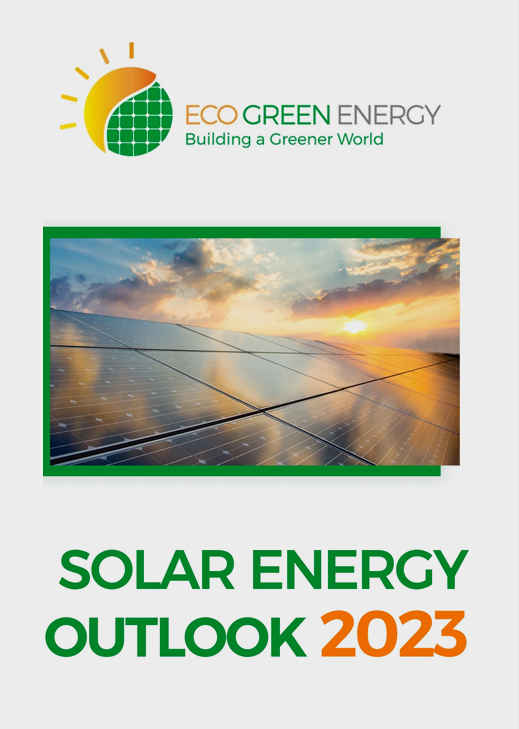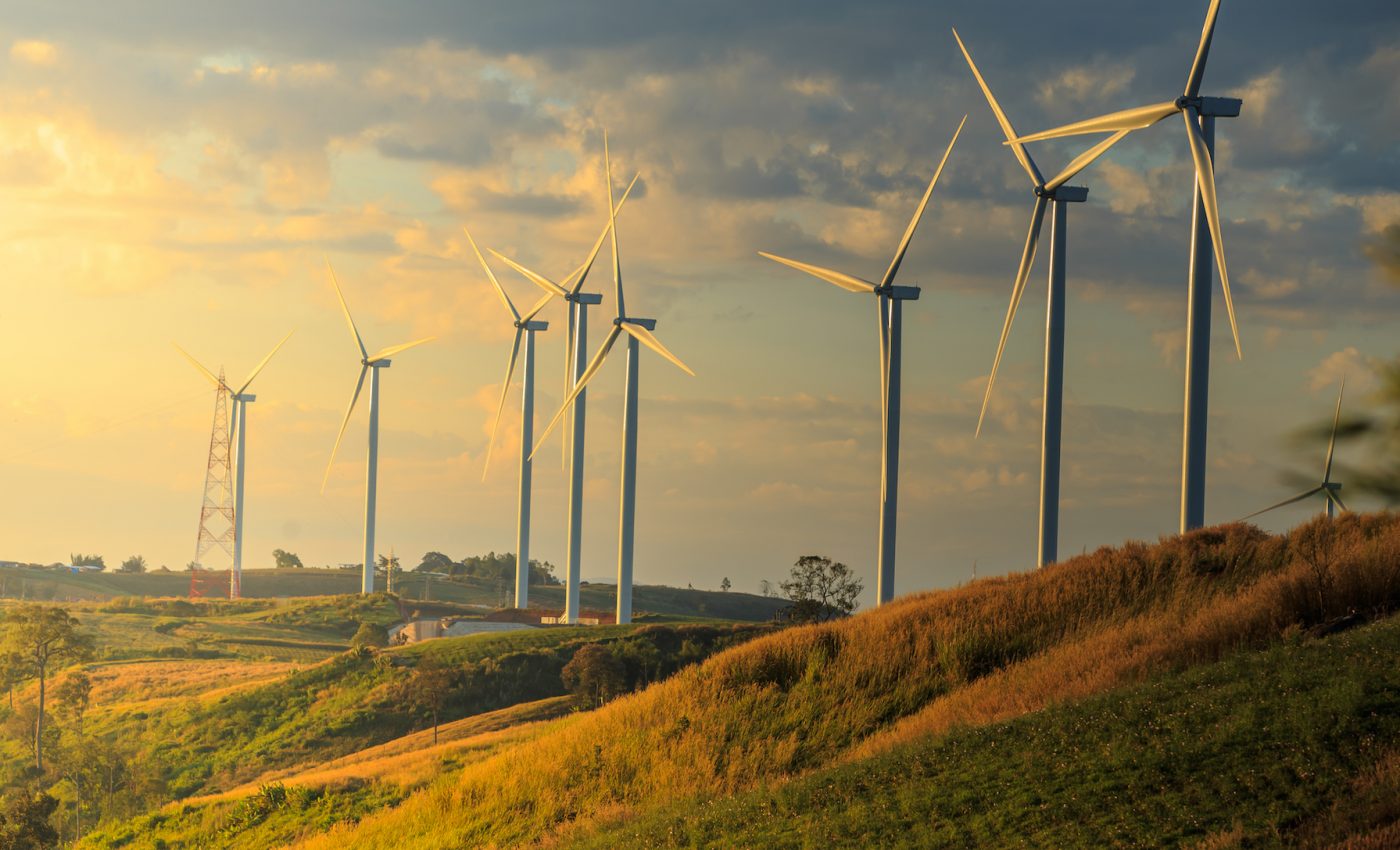
December 10, 2024

Wind energy has emerged as a powerful solution to our growing energy needs, offering a clean, renewable alternative to fossil fuels. Despite its many benefits, misconceptions about wind energy persist, often based on misunderstandings or outdated information. As the industry continues to grow, it’s important to set the record straight. This article addresses some of the most common myths surrounding wind energy, providing a clearer picture of its true impacts.
One of the most common misconceptions about wind energy is that wind turbines cause widespread harm to wildlife, particularly birds and bats. While it’s true that wind turbines can result in bird and bat mortality due to collisions, these impacts are minimal compared to other human-made structures. Research shows that buildings, power lines, and vehicles are responsible for far more bird deaths than wind turbines. Additionally, the wind energy industry has taken significant steps to minimize these effects through pre- and post-development studies, educated siting practices, and turbine operation adjustments during peak migration periods.
Recent advancements in turbine technology and operational practices have further reduced wildlife impacts, and ongoing research is helping to develop even more effective strategies for protecting wildlife.
Another persistent myth is that wind turbines cause negative health impacts on nearby residents, including headaches, dizziness, and sleep disturbances. However, studies have shown that there is no statistically significant evidence linking wind turbines to adverse health effects. While some individuals living near wind farms have expressed concerns about noise or other disturbances, these effects are often specific to local conditions and can be addressed through better turbine design and placement.
Manufacturers are continuously working to reduce mechanical and aerodynamic noise, and proper siting—away from residential areas—can help alleviate concerns related to noise or vibrations. In fact, many of the reported health concerns can be mitigated through thoughtful planning and technological improvements.
Shadow flicker, the phenomenon where moving shadows from turbine blades are cast across the ground and nearby structures, is another concern that people associate with wind energy. However, the impact of shadow flicker is highly location-specific and can be minimized through careful siting and planning. Shadow flicker is most noticeable in the early morning or late evening when the sun is low, and it is more pronounced at higher elevations.
Wind farm designers have the ability to assess potential shadow flicker before construction begins and implement measures to minimize or avoid its occurrence. Zoning laws in many areas place limits on the duration and intensity of shadow flicker, ensuring that it does not become a significant nuisance. In most cases, shadow flicker is not as problematic as it may seem and can be easily managed through proper wind farm design.
Concerns about wind turbines interfering with radar systems and communication signals are not uncommon. While it’s true that wind turbines can cause some radar interference, these issues are well understood and addressed through federal agency siting requirements. The U.S. government has established mitigation strategies, such as installing additional radar systems or upgrading existing technology to minimize the impact of wind turbines on radar coverage.
Communication signal issues are also rare and can typically be resolved during the turbine siting process. In cases where problems do arise, solutions such as replacing antennas with larger, more powerful ones or switching to cable or satellite services can mitigate the interference.
A common fear among those living near proposed wind farms is that the presence of turbines will decrease property values. However, multiple peer-reviewed studies have shown no statistically significant evidence to support this claim. Research consistently finds that property values are not adversely affected by the construction of wind energy projects. In fact, properties near wind farms may even see increases in value due to the economic benefits of wind energy, including job creation and access to clean, renewable energy.
Concerns about property values often stem from misconceptions about the aesthetic impact of wind turbines. While visual impact assessments can help communities understand how turbines will look in their landscape before construction begins, these impacts are generally less significant than expected, and they can be mitigated through thoughtful design and planning.
Visual impact is one of the most debated aspects of wind energy, with many people concerned that wind turbines will ruin the natural beauty of the landscape. However, modern wind farm developers conduct detailed visual impact assessments before construction to evaluate how turbines will look in different environments. These assessments allow communities to make informed decisions about where turbines should be located to minimize visual disruption.
Furthermore, visual impacts can often be mitigated by carefully considering the surrounding topography and vegetation. Wind farm operators and local communities work together to balance the need for clean energy with the desire to preserve the visual appeal of the landscape.
As the global transition to renewable energy accelerates, it’s essential to dispel the myths and misconceptions surrounding wind energy. The evidence shows that while wind turbines can have localized impacts, these effects are manageable, and the benefits far outweigh the drawbacks. Wind energy plays a crucial role in reducing our reliance on fossil fuels, combating climate change, and creating economic opportunities.
By addressing concerns through research, technological innovation, and thoughtful planning, the wind energy industry continues to improve and expand. With careful siting, ongoing advancements in turbine technology, and a commitment to environmental stewardship, wind energy will continue to be a key player in the global effort toward a sustainable and clean energy future.